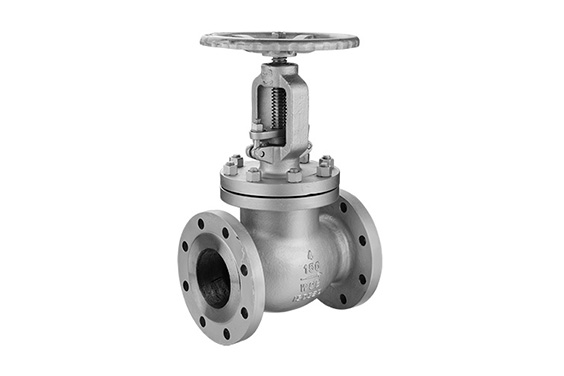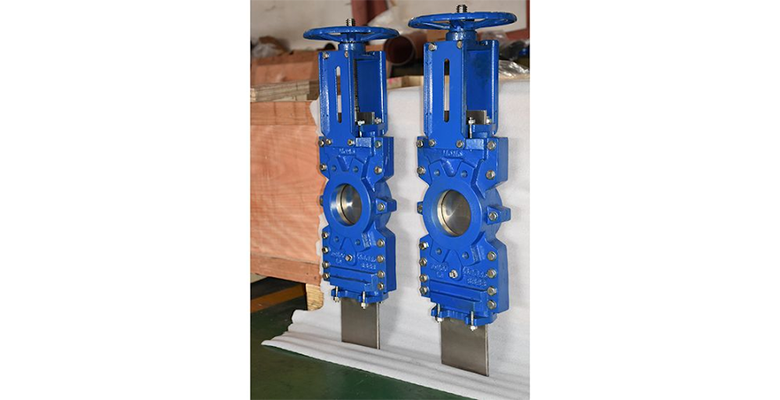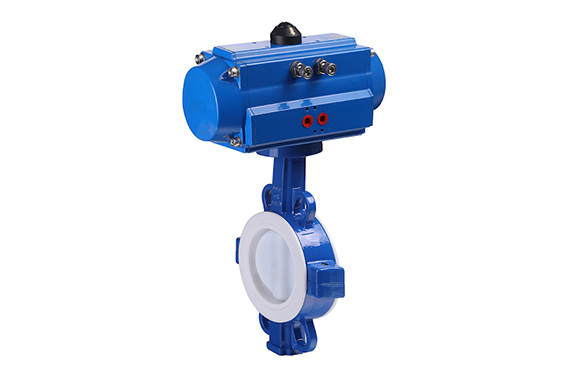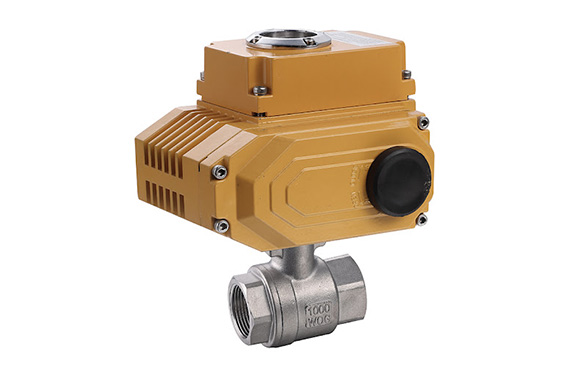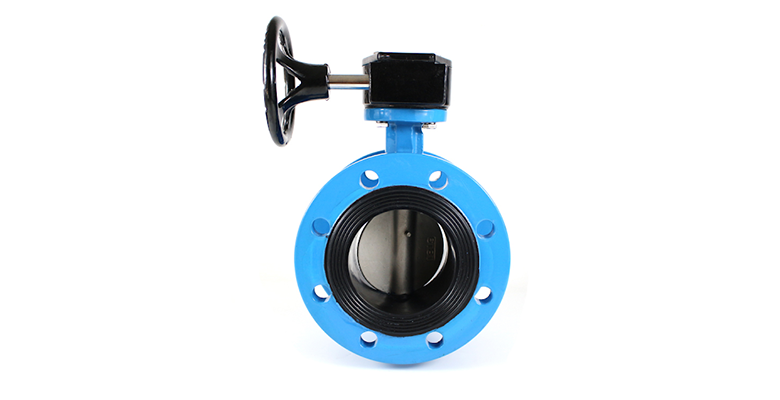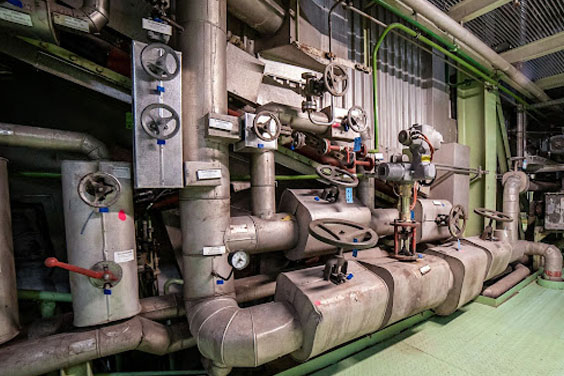It is possible to control, halt, and restart the flow of fluid through an application by using valves, which are mechanical devices put in fluid systems. Popular fluid control valves that close in various ways include ball valves and globe valves. To maintain the smooth running of your system, you can install the best valve by knowing which type is best for your application. Plumbing valves come in a wide variety of designs and functions.
Today, we’ll compare the two most widely used valves—the globe valve and the ball valve—in a straightforward manner. We’ll go through the key distinctions between ball valves and globe valves in this comparison.
What Is Globe Valve?
Globe valves are distinguished by their spherical bodies, which are divided into two half by an internal partition. The valve can be closed to stop the flow of fluid by screwing a moveable plug or disc onto a seat that is created by a circular aperture in the separating wall.
Operators crank an external handwheel attached to a globe valve stem to move the plug into the closed or open position. Globe valves are ideal valves for fine regulatory control because the position of the plug or disc can be adjusted between fully open and fully closed to fit the desired flow rate for a specific application. The flow restriction through the valve increases with the distance between the plug and the seat in the body. Globe valves have a short travel stroke that needs fewer spins to move the plug or disc to stop or start the flow, and their seating is parallel to the line of flow.
What Is Ball Valve?
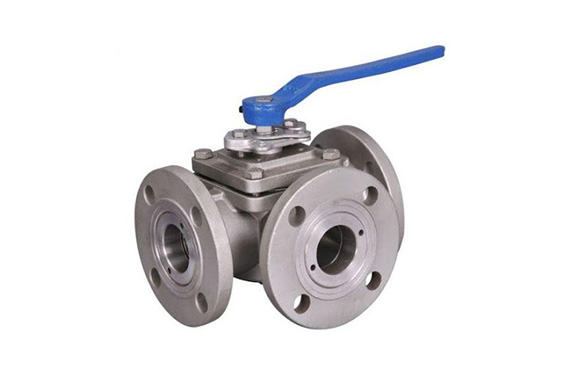
A ball valve is a flow control device that regulates the flow of liquid through it using a hollow, perforated, and pivoting ball. When the ball’s hole is parallel to the flow inlet, the valve is open. When the ball is turned 90 degrees by the valve handle, the valve is closed, obstructing the flow. It is simple to visually confirm the status of the valve because the handle sits flat in line with the flow when it is open and perpendicular to it when it is closed. The 1/4 turn in the closed position can be made either clockwise or counterclockwise.
Ball valves are dependable, operating well even after numerous cycles, and long periods of inactivity. They are frequently referred to as gates and globe valves for shutdown and control applications because of these characteristics, although they lack the fine control of those options for throttling applications.
Due to its simplicity of use, repairability, and adaptability, the ball valve is widely used in industry. Depending on the design and materials employed, it may withstand pressures of up to 1,000 bar (100 MPa; 15,000 psi) and temperatures of up to 752 °F (400 °C). A “ball-check valve,” a type of check valve that employs a solid ball to stop unwanted backflow, should not be confused with a ball valve.
Globe Valve Vs Ball Valve

1. Working Principle
At one point, globe valves were the most used type of valve. They make the greatest sense in some applications. Globe valves control only one direction of flow. The seals won’t survive very long if you install them incorrectly. Naturally, the valve will fail after that. The globe valve works similarly to other valves in that it opens to let flow and shuts to halt it. It can, however, also precisely control flow, unlike some others.
Glove valves offer a few distinct benefits. Compared to a gate valve, they have a shorter stroke to shut them off. Additionally, they close more thoroughly than a gate valve. Additionally, you may get them in a variety of styles, each having a variety of applications.
Additionally, it is simple to mill or resurface pieces as they deteriorate. Globe valves also have significant disadvantages. They lose some energy since they have a significantly bigger pressure drop than gate valves.
A ball valve resembles a bead in shape. However, the pipe’s diameter matches that of the hole in the center. It can be completely shut off thanks to the gaskets on either side of the flow. It can be installed however you like. The flow can be turned on or off with a quarter turn, regardless of which end you select as the up position.
These are typically found with a straight handle. When the handle is parallel to the pipe, the valve is completely open. You have stopped the flow when you are at a straight angle to the pipe. These valves are quite durable. Due to how little movement is required to turn them on or off, they endure a very long period. However, they are not without flaws. As per ball valve suppliers, it is not very effective at controlling flow. They quickly achieve their peak flow once they begin to open.
2. Struction
The globe valve’s components include the stem, bonnet, valve disc/plug, and valve body. The globe valve’s opening and closing components are plug-shaped discs with flat or tapered sealing surfaces that move linearly along the fluid’s center line. The two different stem operation types are the rotating and lifting stem type and the lift type (where the hand wheel is used to turn the valve stem up and down while the hand wheel is left in place). The lock nut for the rotating and lifting stem type is located on the valve body.
In a ball valve, the stem is not secured to the ball. The ball end often features a rectangular piece that slides into a hole drilled into the ball. As the stem is rotated, the ball can rotate thanks to the expansion. The stem assembly and ball are secured in place by the body, which is connected by a bonnet cover.
Compression of the packing, which provides the stem seal, is made possible by adjusting the bonnet cap. Typically, die-formed packing rings made of TFE, TFE-filled, or TFE-impregnated material are used as packing for ball valve stems. O-rings may be used to seal some ball valve stems in place of packing.
3. Pros and Cons
Globe Valve Pros
- When design and materials allow, can be utilized for high-pressure and high-temperature systems.
- good capacity to shut off.
- able to be employed in partially open positions, making them appropriate for throttling and controlling flow.
- They require fewer turns to fully open and close due to their short travel stroke, which saves time and reduces wear on the valve’s components.
- The chairs are simple to resurface and maintain.
Globe Valve Cons
- needs a stronger actuator or more force to seat the valve.
- In comparison to other “straight through” valve types, a low coefficient of flow causes a higher pressure loss through the valve.
- The structure has a long length.
- substantial opening and closing torque and efforts. Because the valve flap must be moved in the opposite direction from the direction of the medium pressure while closing, a lot of torque is required to open and close the valve.
- substantial flow resistance The media route inside the valve is more convoluted, causing flow resistance and power consumption. This pressure loss is particularly noticeable in the hydraulic device. The biggest valve flow resistance can be found in all different types of cut-off valves.
- The direction of media flow is constrained.
- The only ways for media to pass through the shut-off valve at the valve seat channel are up or down, meaning that the media can only flow in one direction and cannot be changed.
- The sealing surface may become stuck between the solid particles in the fluid medium when the valve is closed.
- Installing it is a hassle.
Ball Valve Pros
- One of the simplest valves to operate thanks to its straightforward quarter-turn (90°) function.
- The position of the handle makes it simple to visually verify the state of the valve. It is open when the handle is perpendicular to the flow and closed when it is parallel.
- has a relatively high flow capacity and a low-pressure drop.
- can perform effectively in applications involving high pressure and high temperature.
- A long-lasting, sturdy structure.
- economical with less ongoing maintenance expenses.
- Simple to disassemble, and replacing any worn-out parts is easy.
Ball Valve Cons
- Ball valves shouldn’t be utilized for long-term throttling and should only be used in either the completely open or fully closed state. Long-term operation in a partially open position will cause the soft seats of the valve to deform around the edge of the hole in the ball, potentially locking the ball in place in addition to having limited accuracy in managing the flow rate. It should be noted that there are contemporary ball valves with a unique ‘V’ port-shaped ball that can provide accurate flow control characteristics.
- The valve handle’s position is rotated.
- These drive-equipped valves must be mounted upright.
- Ball valves are prone to jamming and sticking in improper kinds of fluids, including slurries, where suspended particles are trapped. This may result in the valve wearing out, getting damaged, or getting trapped.
4. Application
Gate valves and ball valves are frequently employed in both domestic and commercial settings.
In older plumbing systems and situations when frequent shutoff is not necessary, gate valves are typically used. Due to their straight flow channel and lack of flow constraints, gate valves are used on large water supply lines. More and more new plumbing systems with frequent shut-off need to use ball valves. Because they are simpler to maintain and clean, gate valves are frequently utilized with slurries and viscous media.
Because they are challenging to clean and the slurry particles could harm the rotating ball, ball valves are not ideal. Power plants, mines, and water treatment facilities are all high-temperature and high-pressure settings where gate valves are used. Ball valves are frequently utilized in marine applications and fire suppression systems. Ball valves are difficult to clean and could lead to contamination, so it is better to avoid using them in food, beverage, and pharmaceutical applications.
How To Choose: Globe Valve Vs Ball Valve
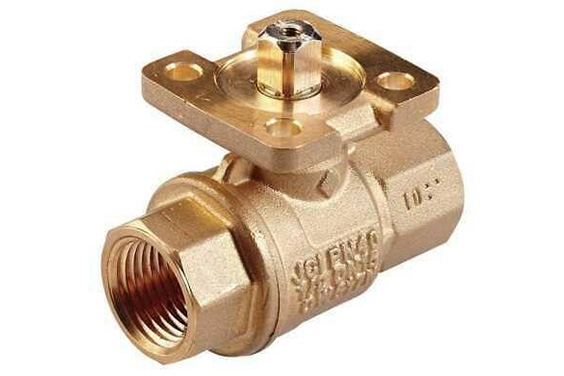
While choosing between a ball valve and a gate valve, the following factors should be taken into account:
1. Port
A ball valve can have more ports than two, whereas a gate valve only has two ports.
2. Flow Capacity
A gate valve has a higher flow capacity than a ball valve since they are frequently available in greater sizes.
3. Opening and shutting speed
Due to its quarter-turn on/off function, a ball valve is better suited for applications that call for rapid opening and closing speed or in times of emergency. A gate valve operates more slowly than a ball valve because it requires a turn that is more than 360°.
4. Sealing
Compared to a gate valve, a ball valve offers a tight seal and complete shut-off capabilities. Ball valves are more suitable for applications like natural gas because they provide a long-lasting seal.
5. Pressure
Gate valves and ball valves can both be used in low-pressure situations. A gate valve is more appropriate for applications involving high pressure, though. This is a result of the ball valve’s quick opening and closing, which could result in a water hammer.
6. Cost
For the same specs, a gate valve often costs less than a ball valve. But compared to a gate valve, a ball valve is often more reliable and needs less upkeep. So, over time, a ball valve might be more cost-effective.
7. Connection
For both valves, the choice of connection to the pipe is crucial.
Conclusion

The functions of a ball valve and a globe valve to control fluid flow are similar, but their various designs are appropriate for various purposes.
Ball valves are simple to use and economical, and they offer a clear method of determining the valve’s opening status. Although they work excellent for reversing and initiating fluid flow, they cannot regulate flow.
Globe valves may be placed precisely to control the flow and have great flow regulation capabilities, but they are less convenient to use than other types of valves. If you are looking for high-quality valves then contact Sio Valve. They are best-in-class industrial valve manufacturer in the world.

